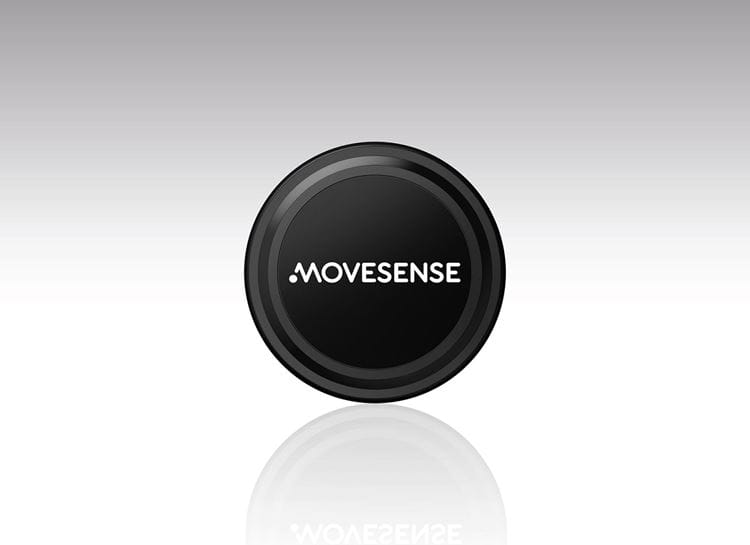Audio
Unleash the full potential of Bluetooth LE Audio with Nordic


“Most other development platforms are just circuit boards and it’s difficult to build commercial solutions based on them,” says Olli-Pekka Ojanen, Suunto Program Manager. “Movesense allows developers to skip engineering their own hardware—which can take years, cost a lot of money, and requires a team of experts from different fields—and instead focus on their own expertise on developing a commercial product or application.”
The shock- and water-resistant Movesense sensor weighs only 10g, and is powered by a replaceable CR 2025 Li-ion battery. The nRF52832 SoC has also been engineered to minimize power consumption with features such as the 2.4GHz radio’s 5.5mA peak RX/TX currents and a fully-automatic power management system that reduces power consumption by up to 80 percent compared with Nordic’s nRF51 Series SoCs. The result is a Bluetooth LE solution which offers 58 CoreMark/mA, up to twice as power efficient as competing devices.
Nordic’s nRF52832 Bluetooth LE SoC, a member of Nordic’s sixth generation of ultra low power (ULP) wireless connectivity solutions, combines an ARM M4F processor with a 2.4GHz multiprotocol radio (supporting Bluetooth 5, ANT™, and proprietary 2.4GHz RF software) featuring -96dB RX sensitivity, with 512kB Flash memory and 64kB RAM. When launched, the SoC was the world’s highest performance single-chip Bluetooth LE solution, delivering up to 60 percent more generic processing power, offering 10 times the Floating Point performance and twice the DSP performance compared to competing solutions. Floating Point and DSP performance are key requirements for advanced wearables.
The SoC is supplied with Nordic’s S132 SoftDevice, a Bluetooth 5 qualified RF software protocol stack for building advanced Bluetooth LE applications. The S132 SoftDevice Central, Peripheral, Broadcaster and Observer Bluetooth LE roles, supports up to twenty connections, and enables concurrent role operation.
“There is a close historical relationship between Suunto and Nordic and the support has always been great,” says Ojanen. “But the reason for selecting Nordic went beyond that. The performance of the ARM M4F processor was perfect to support our platform, while the low power consumption, quality of Nordic’s SDK, and API documentation made the nRF52832 SoC the obvious choice.”
Unleash the full potential of Bluetooth LE Audio with Nordic